#15 What I Learned From Jake Dyson
One of the worlds hottest automotive photographers
“For these big jobs, you need an inside scoop, and that’s the Director. Once you prove yourself, the agency starts calling…”
The world of automotive photography sits between making sheet metal erotica and baroque portraiture. That realization rang true for me once I realized the amount of time we spend agonizing about lighting said metal, placing the car in the landscape in a flattering way, and making talent look natural. Jake Dyson has made this peculiar niche his personal fiefdom.
I found myself sharing his company during a GMC campaign in Utah a year or so ago. My contribution to that shoot was simple, I was to be Alex Strohl and capture photos of adventurous things for the expensive camera kit directors Renan Ozturk and Eric Crosland had brought with them, along with a heavy dose of client expectations.
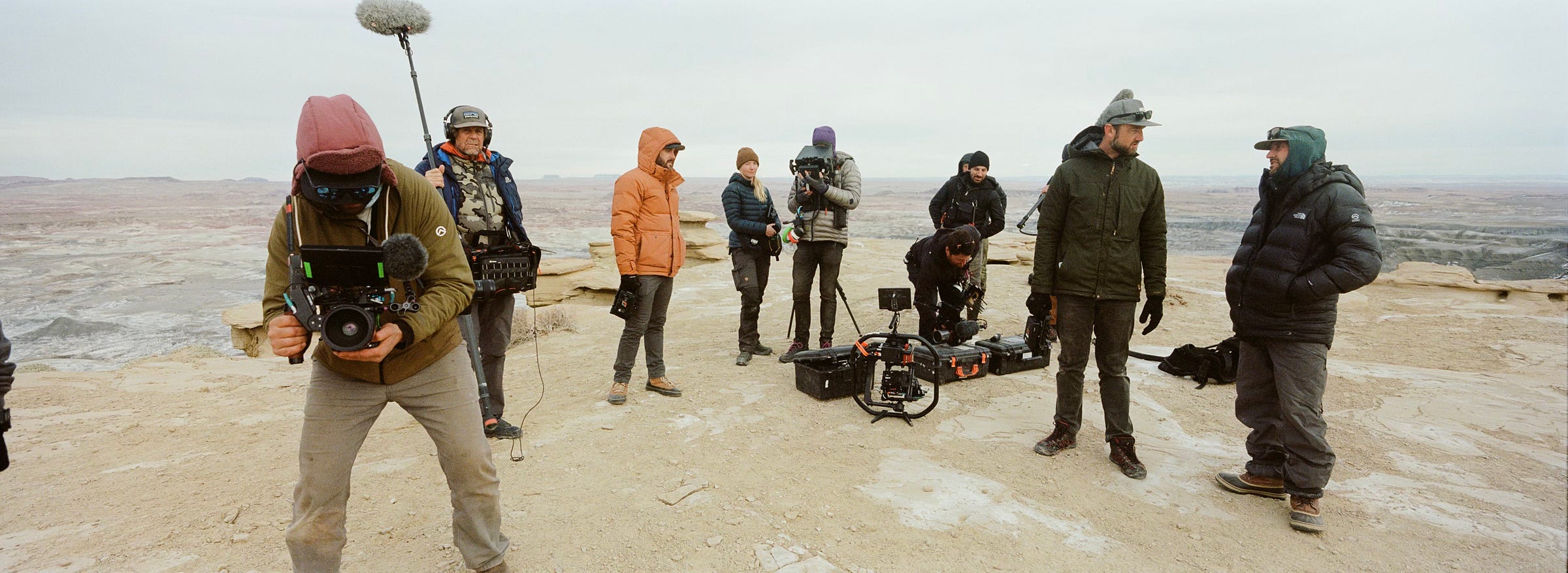
Being talent in a large shoot like that is enjoyable because you get time to observe others at work, I used those opportunities to study what makes people good at what they do — although I should probably focus on looking rugged for the camera but I just leave that to the low quality sleep you get in such endeavors.
So, here’s what I learned from shooting with Jake Dyson.
1. Relationships Open Doors, Not Cold Emails
This approach was uncovered during my first hour-long chat with him, and I found it very insightful. Most freelancers go about it the slow way: Get your first gigs for small local companies, then organize a portfolio, then start reaching out to clients with that portfolio. Spend years doing that until you finally end up on a large production.
Jake followed a more creative path.
Step 1 - Shoot BTS: The foundation of his success began with shooting behind-the-scenes (BTS) content for local campaigns. By starting with local opportunities, he built a starter portfolio very efficiently. One of his early breaks came from shooting BTS for a car commercial, which later led to the director hiring him for a high-budget US Army campaign.
Step 2 - Have a Relevant Portfolio: The second part of this approach was the portfolio. He understood that having high-quality, relevant work was crucial to landing bigger campaigns,but not for the reason you might imagine. Conventional wisdom dictates that once you have some form of portfolio, you start “reaching out to brands.” Our boy Jake followed a more unconventional path.
Step 3 - Bypass Brands: Instead of contacting clients directly (they rarely choose the stills photographer for large video productions), he targeted a select group of commercial directors with influence on these decisions and started reaching out on IG. He'd share genuine appreciation for their latest campaigns without asking for anything in return. Importantly, this wasn't a mass messaging strategy — he sent just a few thoughtful, authentic comments each month to directors whose work truly resonated with him.
Jake knew they would look him up, so he made sure to have work relevant to those directors he messaged. If he hadn’t had those few images from the BTS shoots (which, let’s be honest, made him look like he punched way above his weight), he would have been wasting his time.
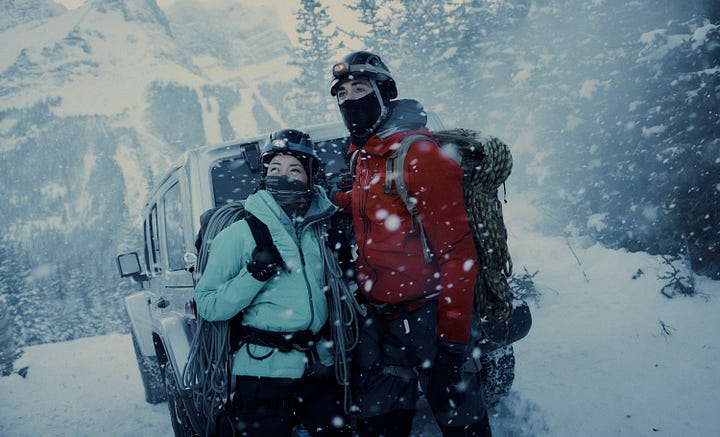
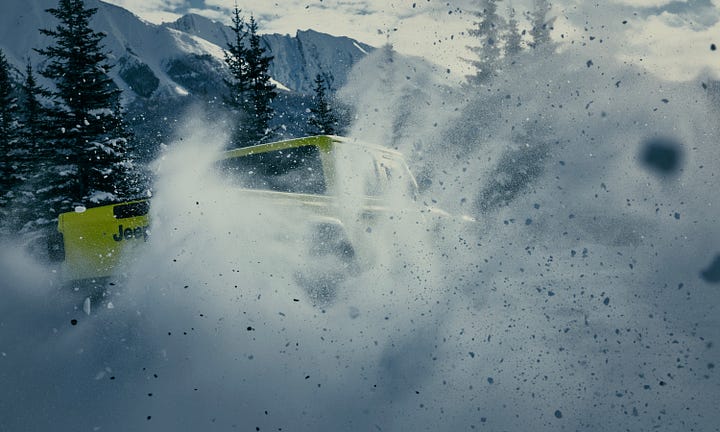
2. Define Your Niche and Own It
You have heard this before, but it is now truer than ever. Clients don’t want generalists, they want experts in their field. Having understood that, Dyson focused 90% of his efforts on photographing automotive. That field picked him because he has always been into cars. Make sure whatever you end up specializing in is something that you’re naturally keen on. If you force it, you may last 10 years, but it will be a boring 10 years…
3. Work Smart: Delegate and Focus on Your Strengths
Coincidentally, the GMC shoot Jake and I were on last year was also his first major car shoot. He must have been doing things right because since then, he’s shot for BMW, Bentley, Jeep, Nissan, and Audi. So when I prompted him on that, I was reminded of how much psychology plays a role in this field. It’s not enough to know your strengths and weaknesses as a person. You also have to organize your productions based on that. That’s a totally different ball game. Two examples:
Acknowledging that he’s not a lighting geek, and that he is much better at communicating with a team/client, Jake built the set around that. He assembled a tight light crew with whom he shares the vision and “lets them roll with it” while he does all the client communications.
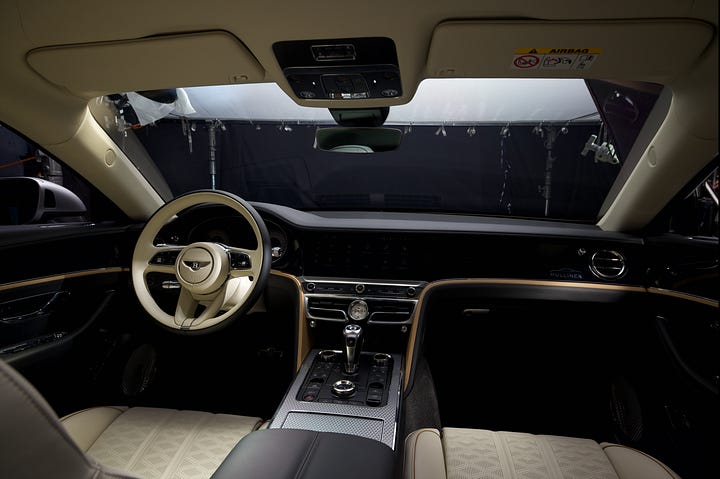
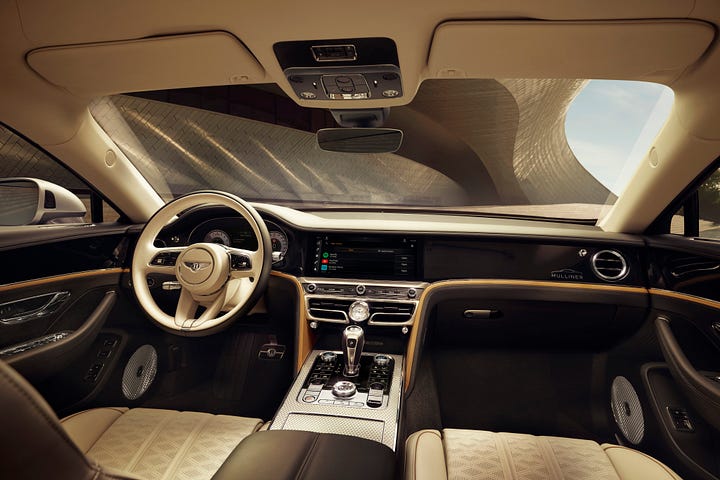
2. Also knowing his limitations when it comes to post-productions, Dyson works with both editors and retouchers to take the final images to the next level, like this shot for the GMC campaign.
Well, that’s it for the Jake Dyson interview. I hope you enjoyed this one as much as I did. I've outlined the more important takeaways below:
Offer to shoot BTS for productions happening around you, even if it’s for free or a small day rate. This gives you exposure to professional sets while building a relevant portfolio that looks higher-end than your experience level.
Target decision makers in the production pipeline and find ways to approach them creatively, without being annoying. Be patient with that: You just want to add value, not ask for anything.
Nurturing relationships > Mass emailing
Choose your specialty genuinely. Whatever you decide to focus on, make sure you have been/are interested in it.
Figure out where you add the most value personally and build a team around your strengths and weaknesses.
Try working with a retoucher on your next project to take the final images to a new level.
Follow Jake Dyson on Instagram or Behance
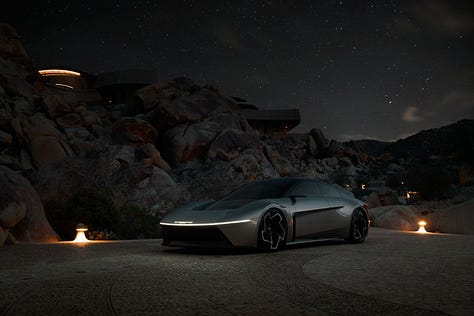
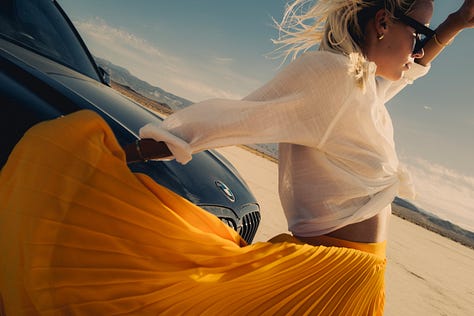
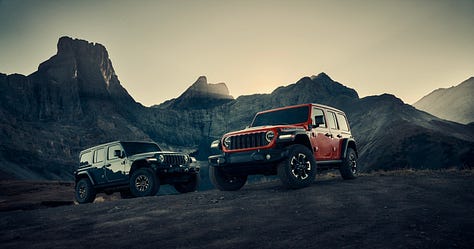
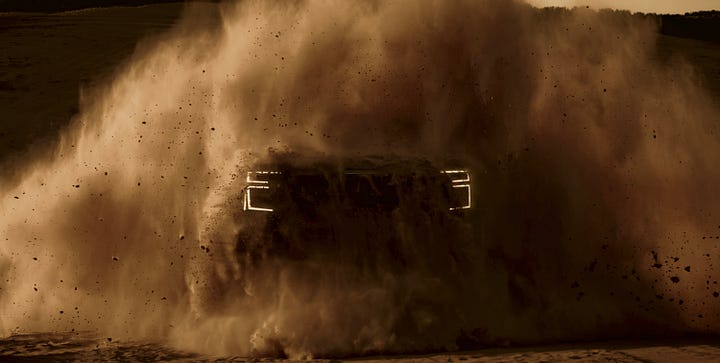
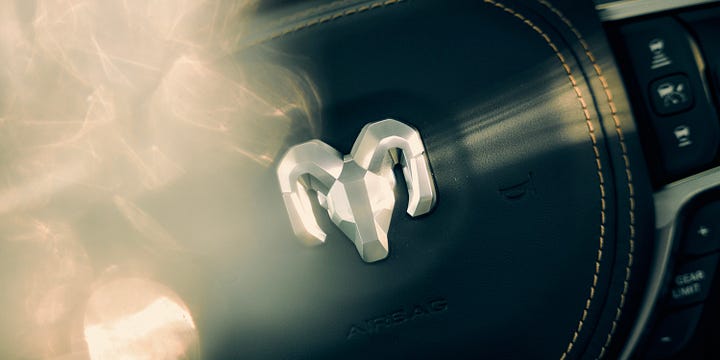
This newsletter is edited by Danny Smith
For those of you still with me, here’s a gallery of my favorite shots from the GMC Utah shoot with the Xpan II and Portra 160/400
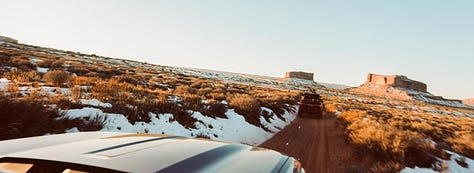
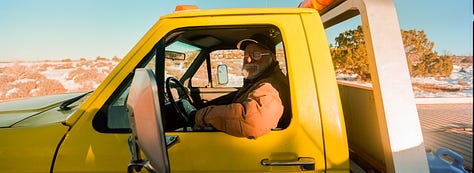
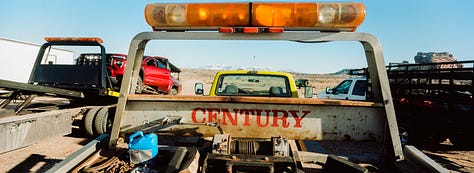
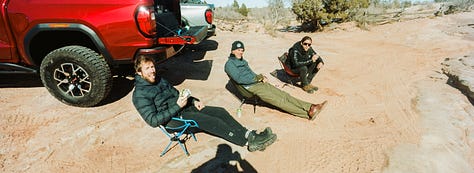
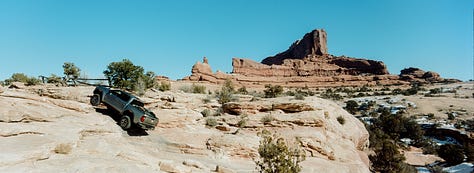
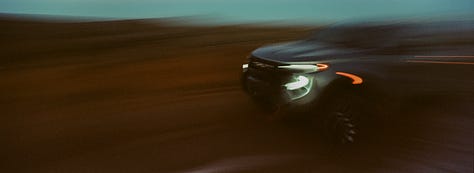
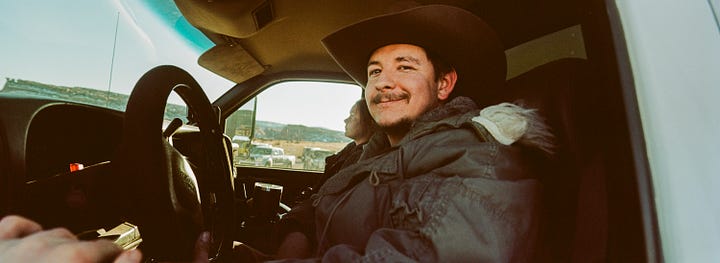
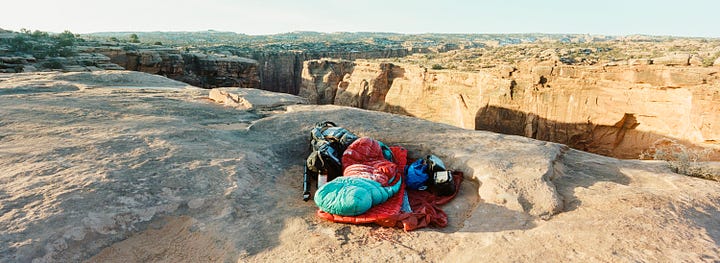






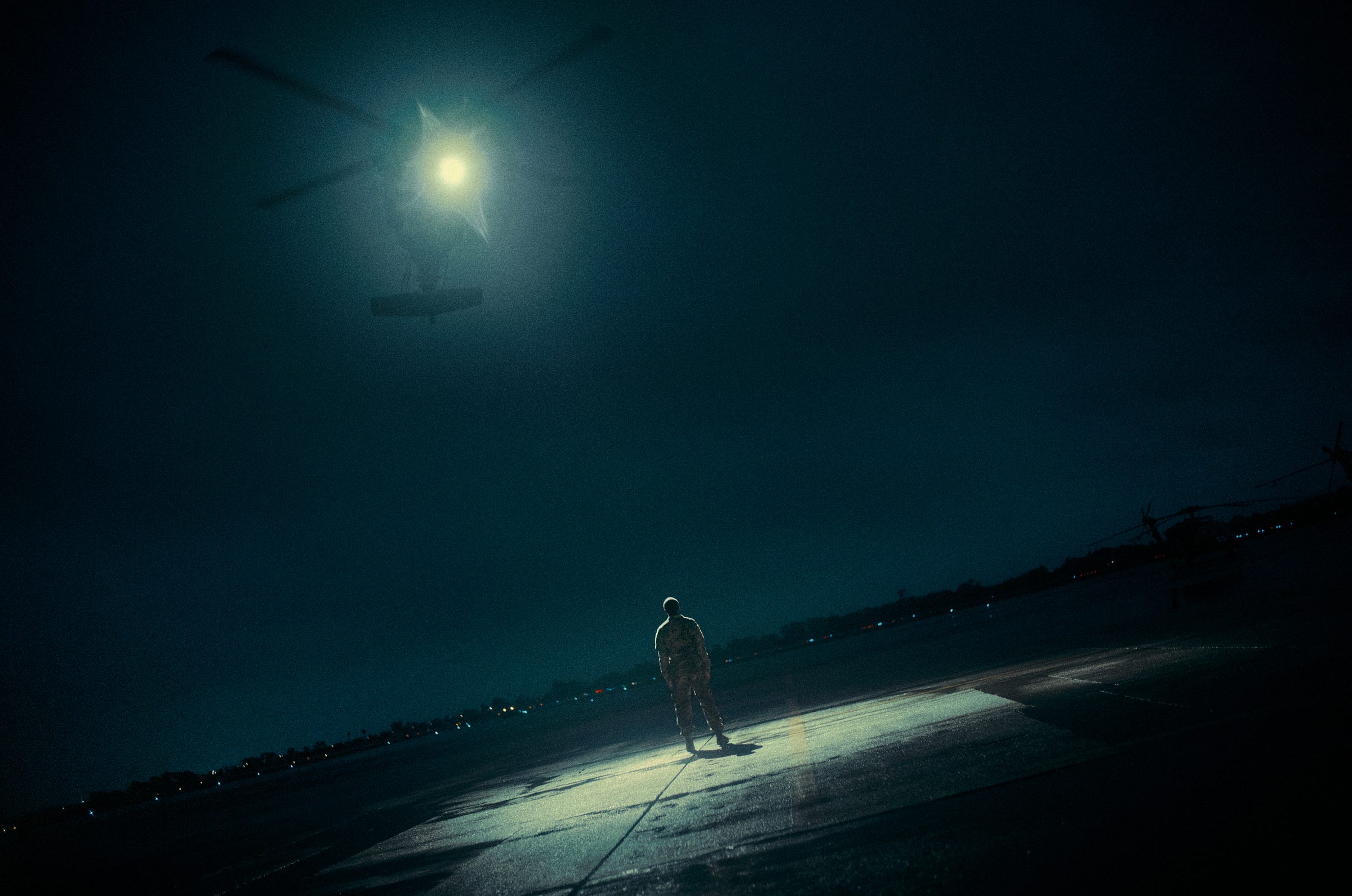
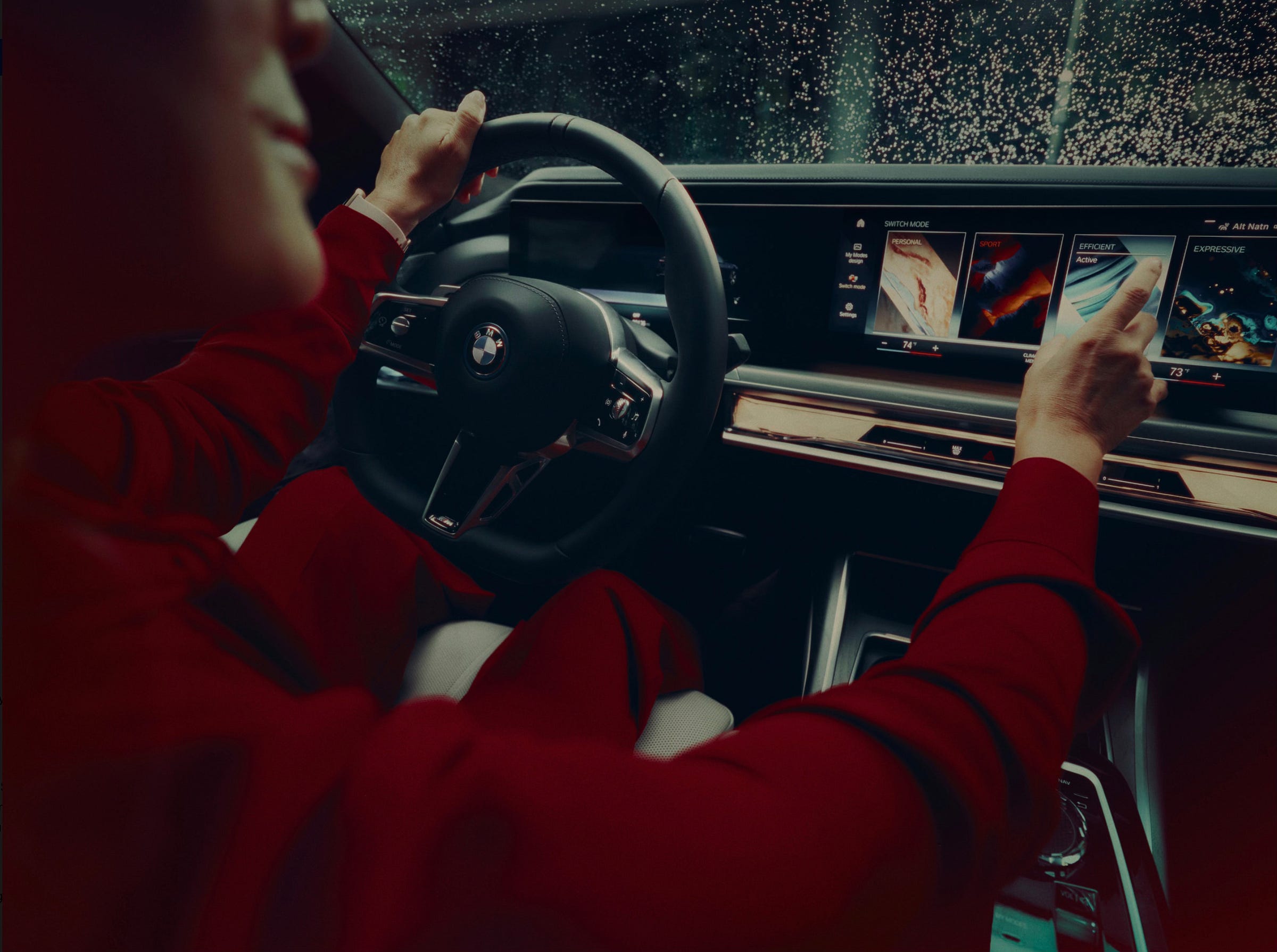
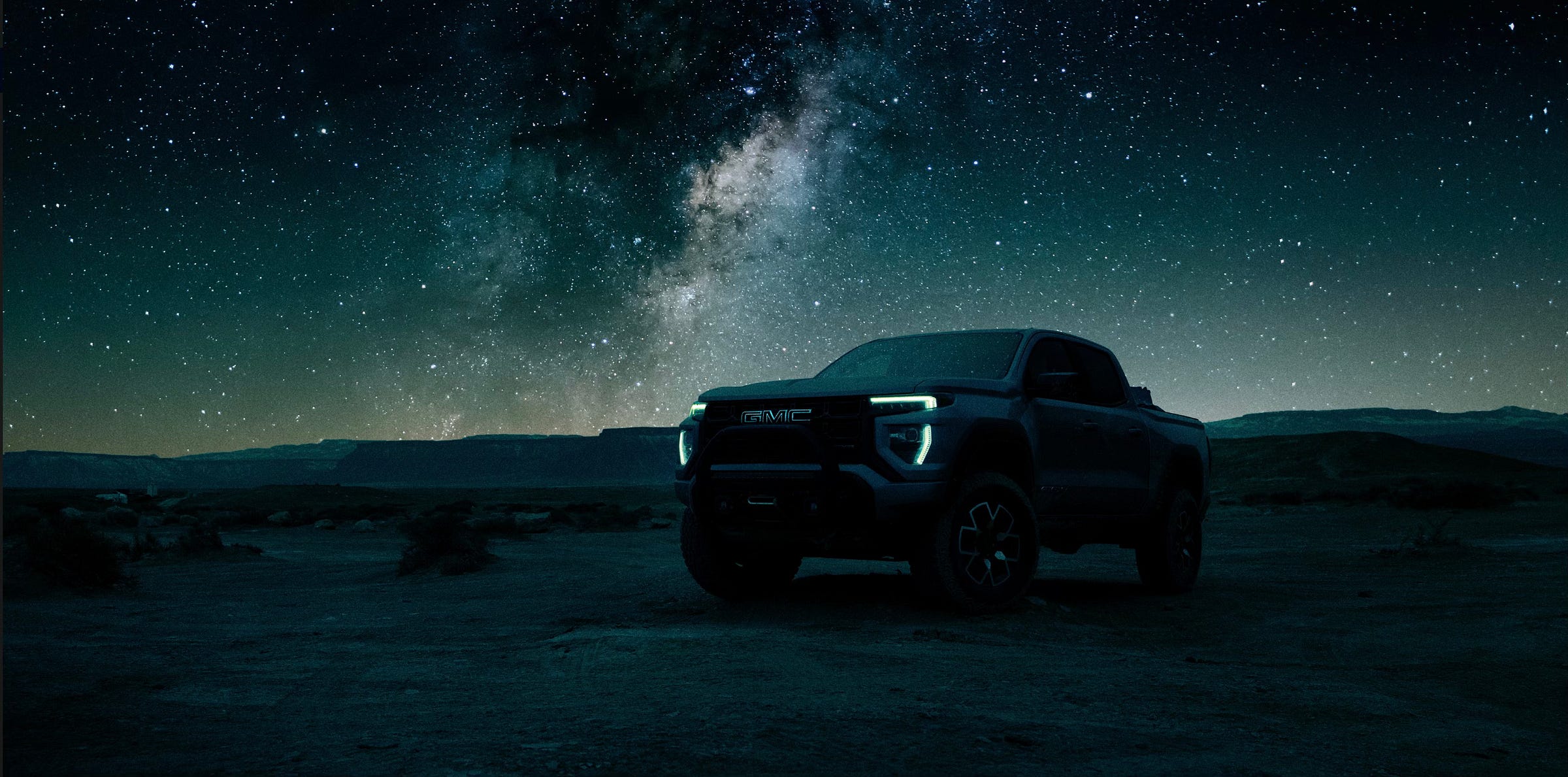
Thoughtful piece. That opening image is a masterpiece in arranging elements within the frame and creating a mood. What stood out for me also was many of his automotive images show only thin slivers / suggestive features of the brands cars, leaving the viewer to complete the picture (pun not intended) in their minds. Nonetheless, beautiful work 🤝🏽.
Appreciate it! always happy when I see a Strohl newsletter because I know they have good value! I'm still young (23) but when working at the marketing agency, the creative director took me on shoots just to watch and observe and also shoot some bts. May not even be my best shots, but I'm so gratefull that he took me every time because you learn so much on a "big" set.